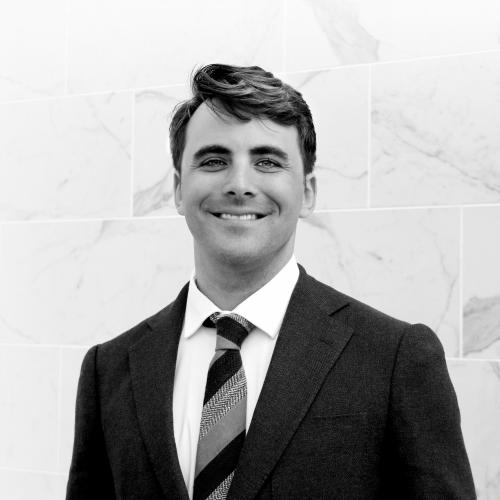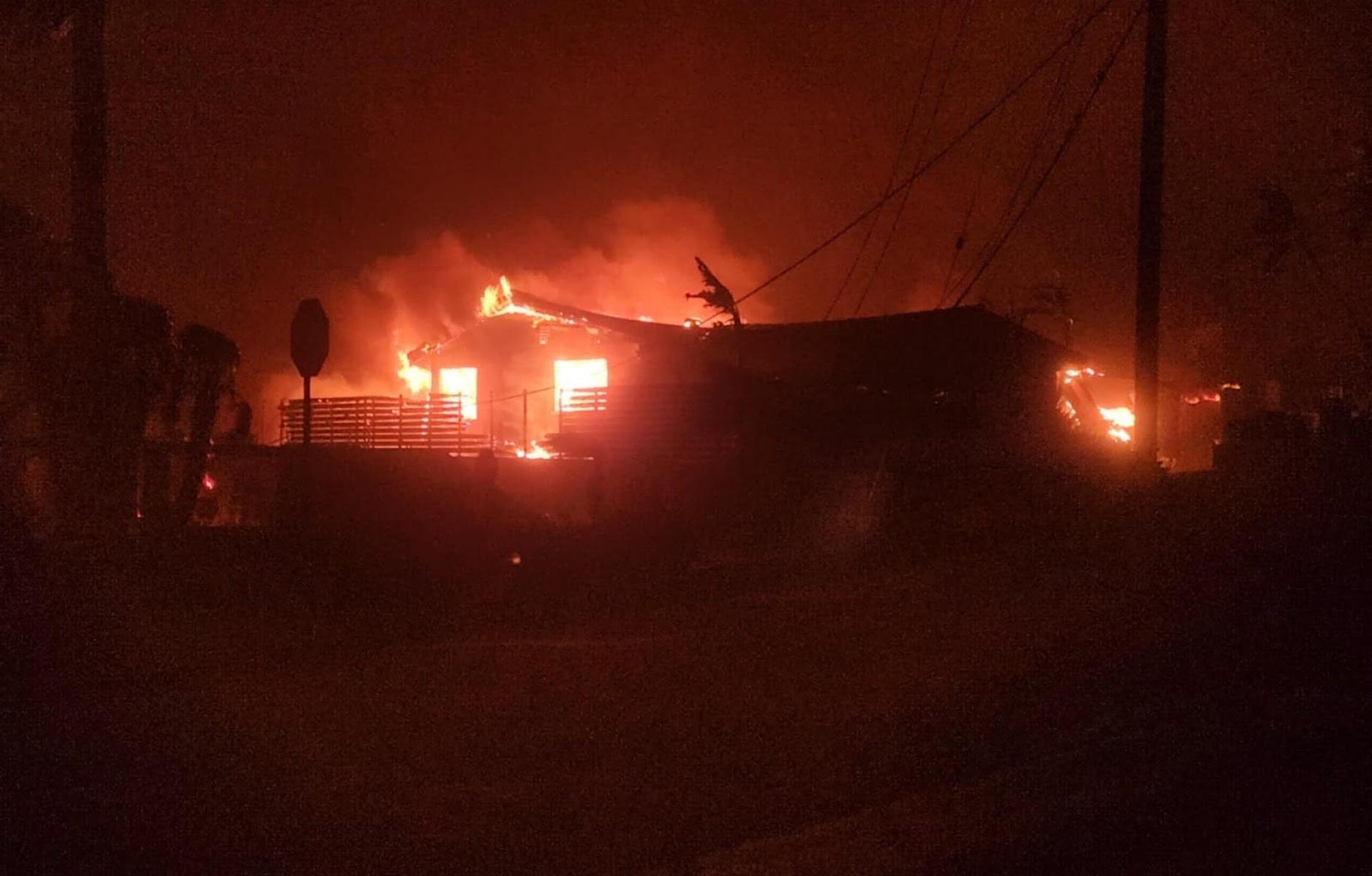
The Foothill Catalog Foundation: a new model for wildfire recovery
As the smoke clears from recently contained wildfires, a full picture of what has been lost in Los Angeles County is coming into focus. The destruction has been cited as the costliest wildfire event in U.S. history, with tens of thousands of acres razed to rubble. The Eaton Fire raged in Altadena, a diverse multi-generational community, without regard for wealth, race, or status. As displaced victims contemplate how to rebuild their lives, Altadena is at risk of losing the residents least equipped to financially weather such a calamity. In response to this threat, a local group of architects and community members founded a nonprofit organization, The Foothill Catalog Foundation (TFCF), to remove barriers for wildfire victims to remain and rebuild in their hometown.
Character
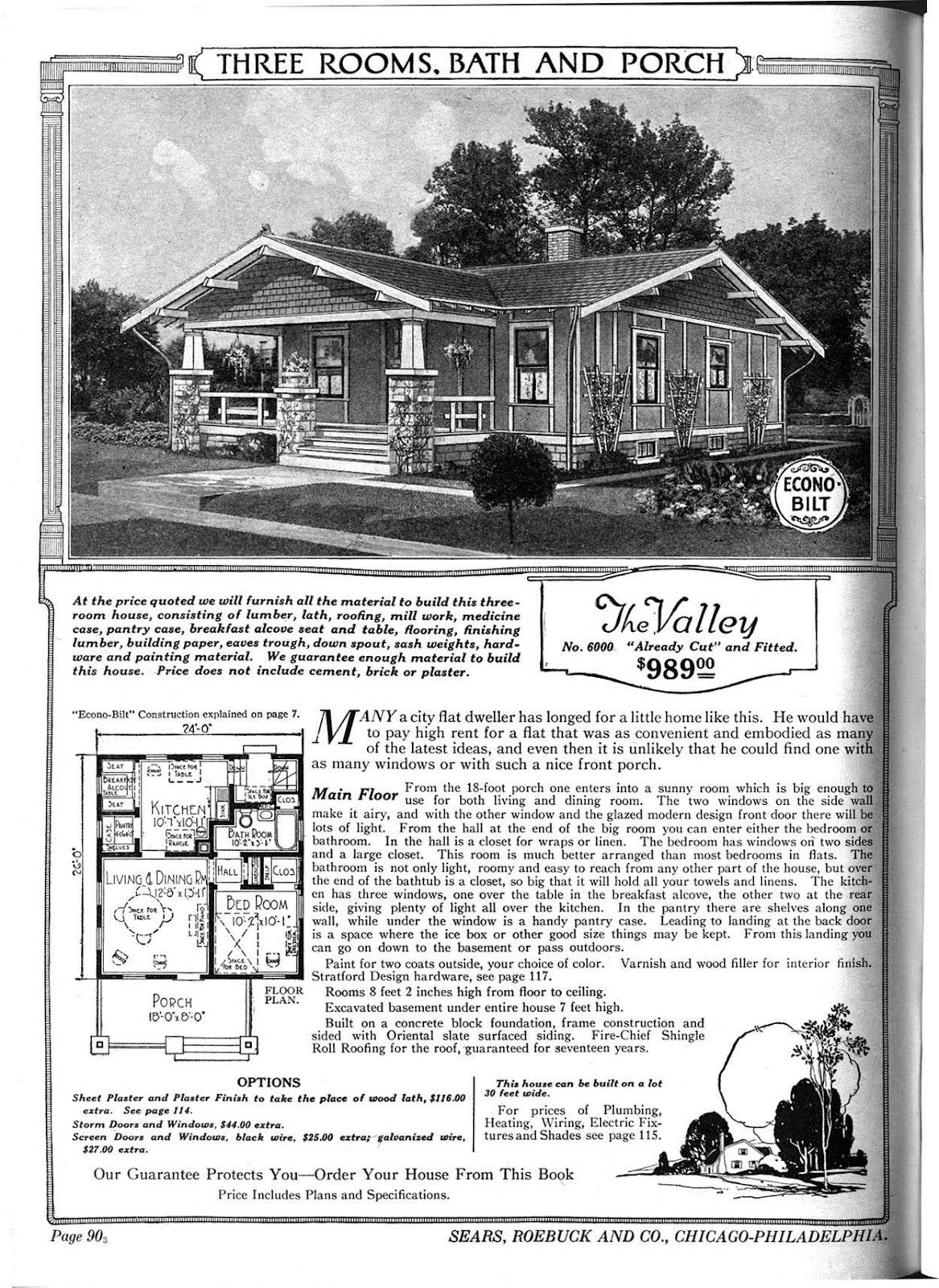
Altadena’s renowned architectural heritage is a patchwork of styles, from Victorian to mid-century modern, but it is best known for bungalows. In the early 20th century, these modest homes proliferated through catalogs that advertised affordable, partially prefabricated structures. Although they came in many styles and configurations, all bungalows shared a common goal: to build the American Dream quickly and economically. That same spirit guides TFCF, which has adopted a similar catalog strategy to help residents rebuild efficiently-designed, pre-approved home models inspired by this Southern California locale. This varied range of home types, sizes, and styles will appropriately reflect the community’s diversity and simultaneously provide a mechanism for retaining Altadena’s historically eclectic architectural character.
Affordability
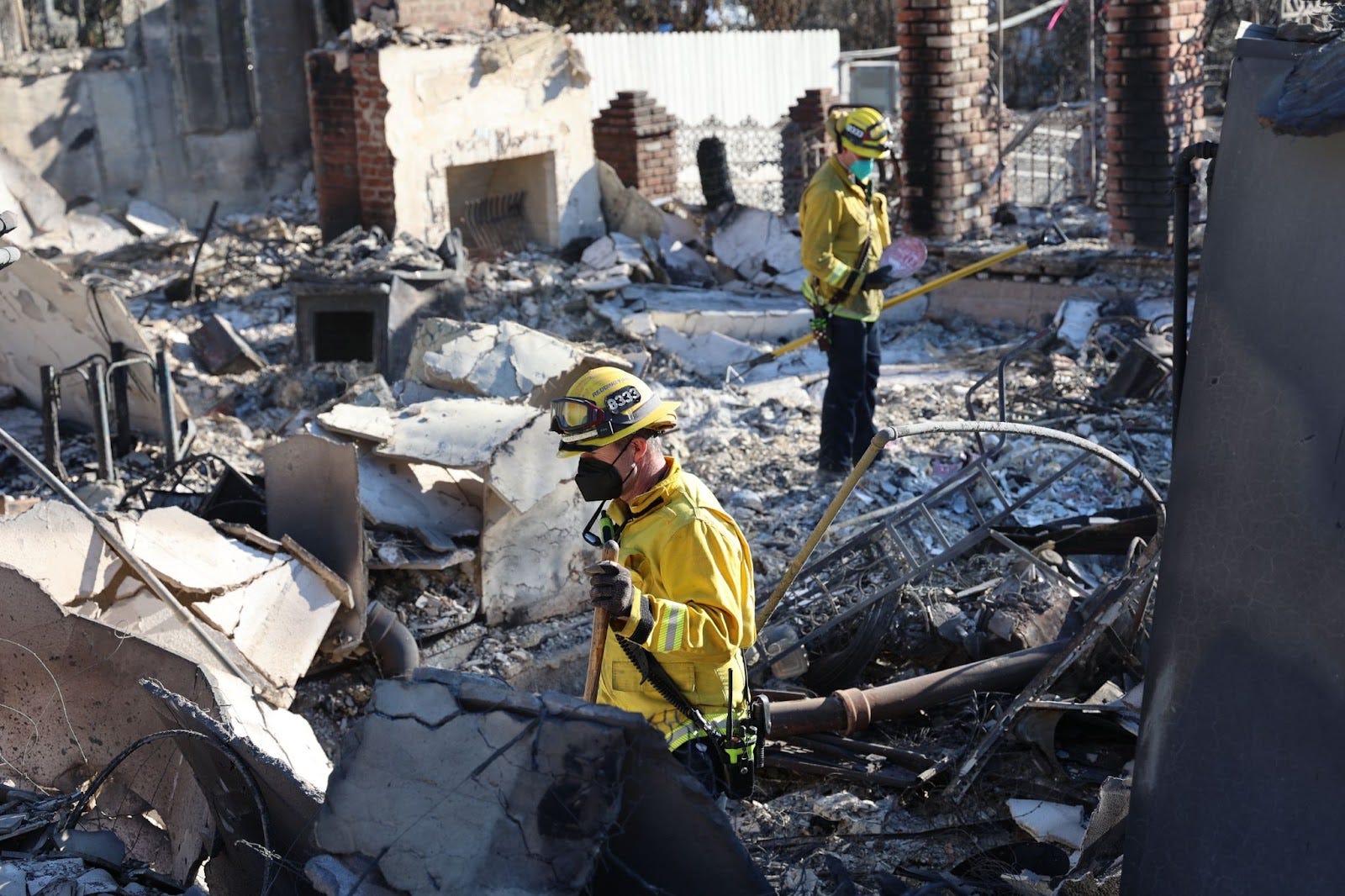
In keeping with the catalog ethos, affordability is a pillar of TFCF’s approach. Altadena evolved as a refuge for the Black Middle Class—a rarity in historically-redlined Los Angeles—allowing families of all backgrounds to build generational wealth. Without adequate financial support, this legacy is at risk of being permanently erased. Many displaced residents face financial challenges; some lack sufficient insurance coverage, while others may be tempted by quick-cash insurance buyouts or investor purchase offers. To retain longtime residents, TFCF is developing affordable solutions that make rebuilding viable. Through mass participation and cooperation of architects, engineers, and builders, the cost of delivery of these homes can be made as predictable as possible to meet the needs of those working with a predefined insurance budget. To lower the floor of affordability even further, TFCF is facilitating a grant program that provides need-based financial assistance for homeowners with limited resources or who are perhaps underinsured, empowering as many displaced residents as possible to retain their property.
Permitting
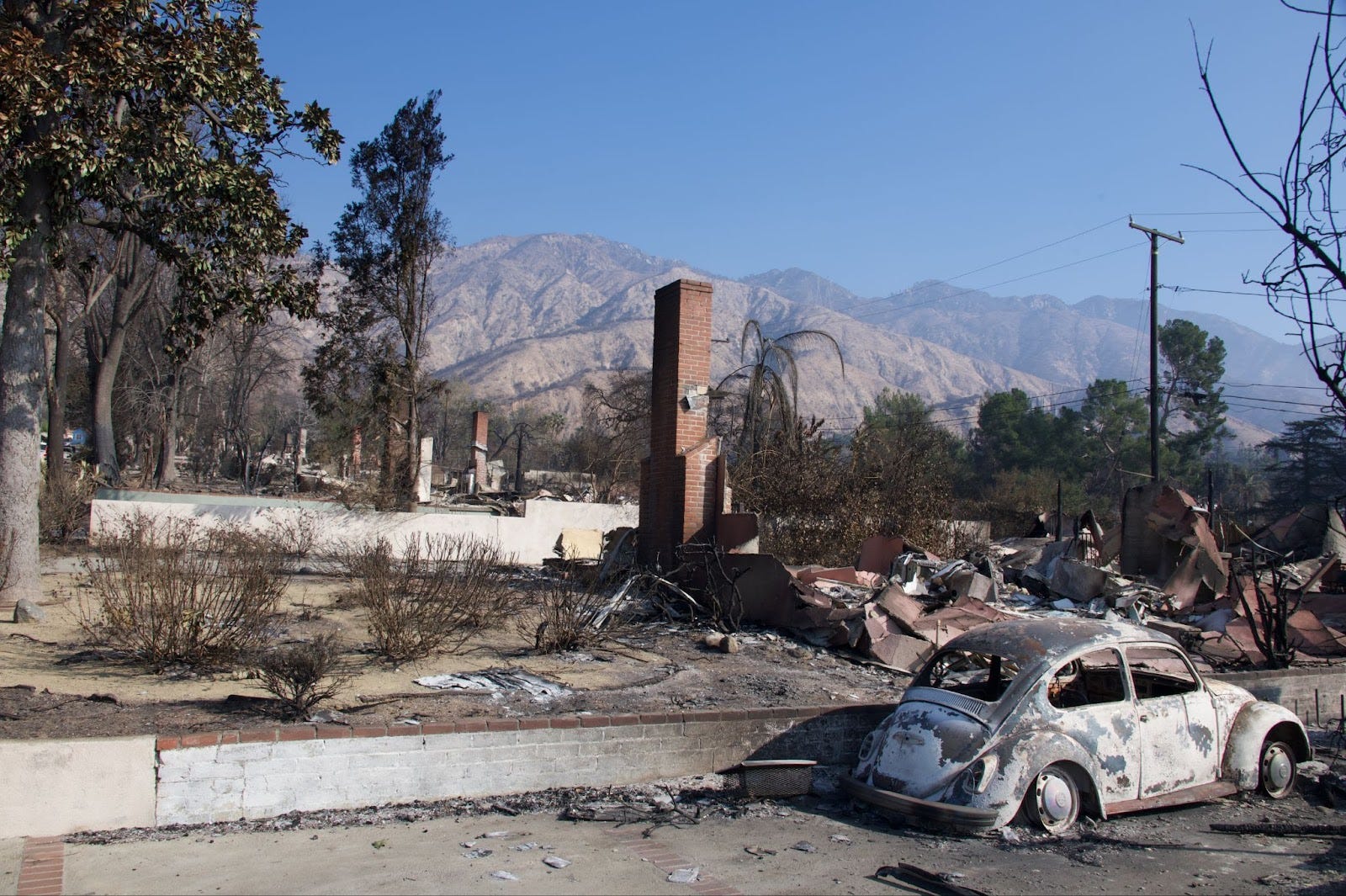
Even with funding in place, navigating the permitting process presents another impediment to rebuilding. Many homeowners lack the experience to deal with complex planning and building regulations. To simplify this process, TFCF is working with local authorities to secure pre-approvals for its catalog designs, following the model of standard ADU plans that have streamlined housing construction across California. These pre-approved plans not only expedite the permitting process but also ensure that new homes meet modern building codes, making them more resilient to future disasters.
How To Help
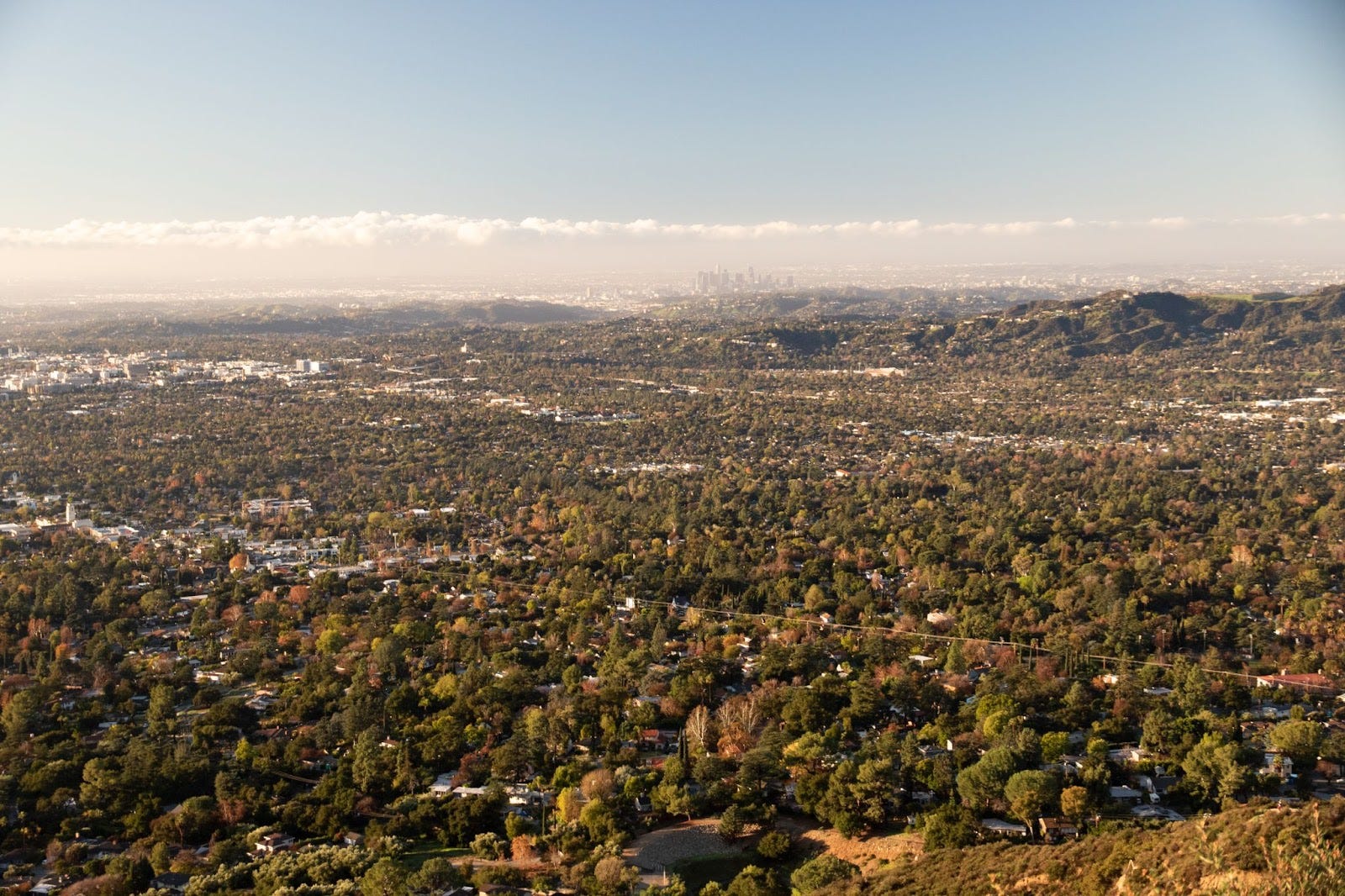
Altadena and many of California’s beloved neighborhoods were originally built in an era when wildfires were less frequent and building codes were virtually nonexistent. Today, stronger zoning and construction regulations mean that what we rebuild now will likely endure through future disasters—for better or worse. That’s why TFCF is committed to designing homes that are informed by history, reflective of community identity, and responsive to the realities of climate change.
We invite architects, builders, urban planners, and all others who care about Los Angeles’ historic neighborhoods to join us in the design effort. Collectively we have the potential to make Altadena and other communities resilient. Visit foothillcatalog.org to learn more about how to get involved and share your own ideas for a catalog home, follow us on social media for updates and news, and spread the word with your friends, family, and colleagues. Together, we can build back better and beautifully.
Note: This article first appeared in the ENU Exchange, a newsletter written by Emerging New Urbanist members about topics and debates within the movement. Subscribe to the newsletter.




